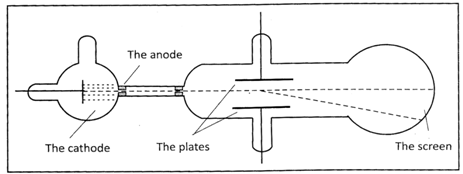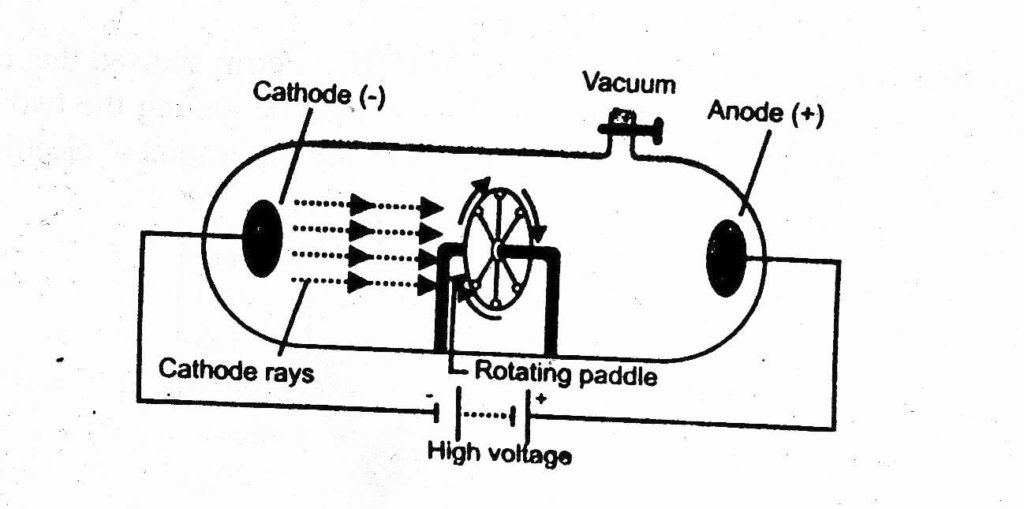



"That raised the question: is it the result of munching or there is a chemical modification? We checked that, doing proper lab experiments, and we found that the polyethylene had been oxidized," she told AFP. When she returned a short time later she found the bag "riddled with holes". In fact, that is their habitat."īertocchini cleaned the honeycombs and put the worms in a plastic bag. "One year I did that, and I found my stored honeycombs plagued with wax worms. "At the end of the season, usually beekeepers put some empty beehives in a storage room, to put them back in the field in the spring," she told AFP. Researcher Federica Bertocchini, an avid beekeeper, said she originally stumbled on the idea that this small caterpillar had unusual powers when storing honeycombs a few years ago. There have been several studies showing that microorganisms can release enzymes that start the degradation process on polyethylene, but the process has until now taken months each time.īut those contained in the saliva the wax worm moth (Galleria mellonella) can act in only a few hours, Tuesday's research showed. Humans produce some 400 million metric tons of plastic waste each year despite international drives to reduce single-use plastics and to increase recycling.Īround a third is polyethylene, a tough plastic thanks to its structure, which traditionally requires heating or radiation before it starts to break down.


 0 kommentar(er)
0 kommentar(er)
